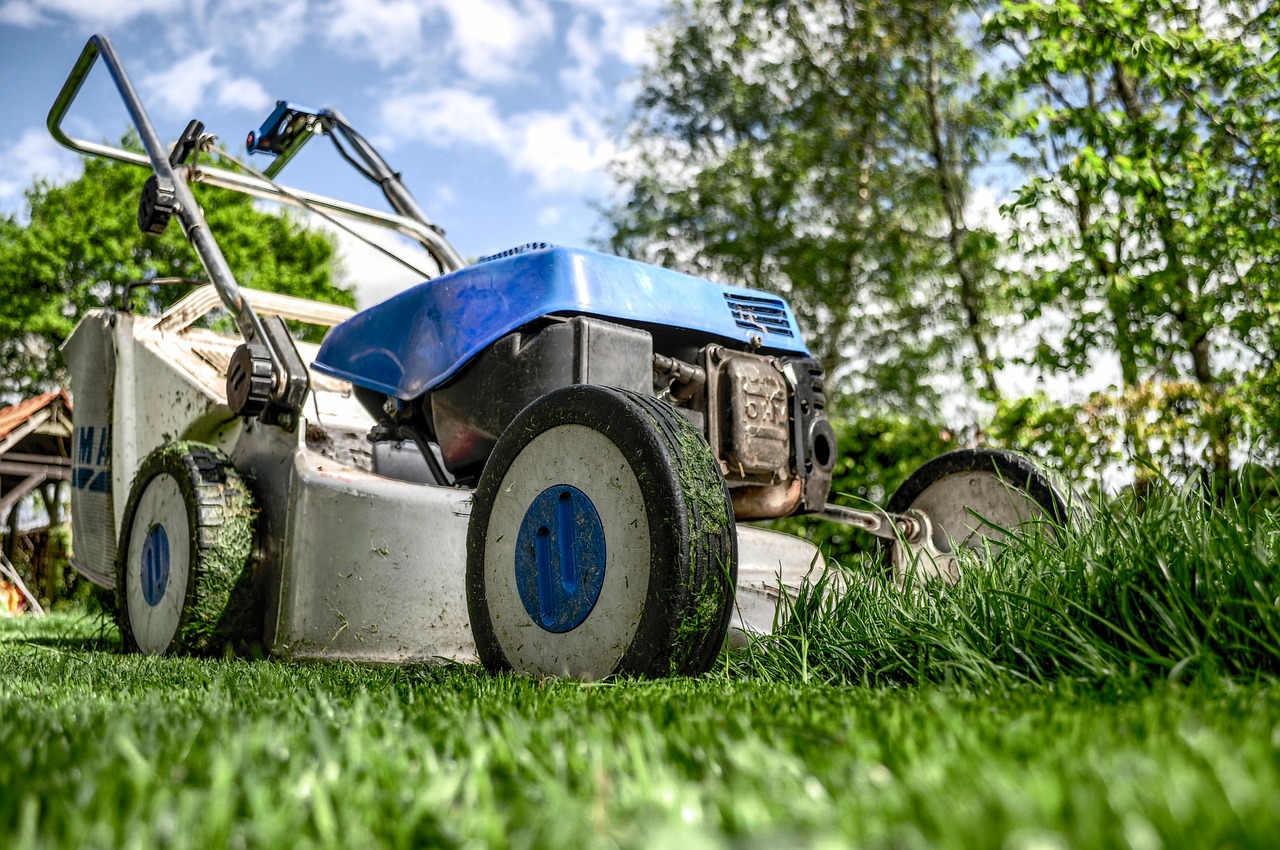Global warming certainly seems to be changing the climate, even if nobody’s quite sure exactly how. What seems certain is that we are experiencing more extreme weather events: the drought periods are longer, as are the periods of heavy rainfall or cold weather. And this means we need to start changing the way that we garden. So does this mean the death of lawn turfs?
Well, probably not. Although a bare, brown lawn is not a beautiful sight, lawn turf is surprisingly resilient, and most lawns will recover quickly from a summer of drought once the autumn rain starts. You can give your lawn a bit of help, though, by following some simple tips before, during and after any dry period.
Prevention is better than cure
The best way to help a lawn recover from drought is to make sure that it’s healthy beforehand. And the best way to do that is to look after it and follow a regular maintenance schedule in autumn and spring, feeding, aerating, and removing moss and weeds.
If you’re planning a new lawn, consider choosing one that is likely to be more drought resistant than traditional mixes of grasses. There are mixtures now available that include plants such as micro-clover, which seem likely to be more resistant to drying out.
Alternatively, consider having a meadow rather than a lawn, containing annual and perennial wildflowers as well as grasses, and which you mow less often. Because the grasses are allowed to grow longer, it will be considerably more drought resistant than a traditional lawn. Or you could opt for a semi-succulent sedum lawn that will retain its own water, so won’t need watering nearly as often.
But if you’re determined on a traditional lawn, read on…
Water thoroughly but not excessively
Yes, your lawn will survive without watering if necessary. But if there’s an extended dry period with no hosepipe ban, it will benefit from a good watering every week to 10 days, but no more often. Too much water will actually be bad for the lawn, as it encourages shallow root growth, and so makes the grasses less drought-resistant in the long term. Try to make sure that the sprinkler is on long enough for the ground to be damp down to a depth of 10cm. Roughly, 10-15 minutes’ soaking should be plenty for any particular patch of lawn. And remember to water in the early morning or evening, to avoid wasting water by evaporation.
Short back and sides
Continue to mow the lawn, but not as short as usual, and don’t remove the clippings. They will act as a mulch to prevent some water loss, and the longer length will also protect the roots from the sun. The clippings need to be short, though, or they will block light and damage the grass.
Repair or re-lay lawn turf in the autumn
In the autumn, if your lawn is still suffering even after the rain has restarted, it’s a good time to do some repairs. Sow plenty of seed in any patches. For really bad patches, replace with new good quality turf. You can buy turf from turf suppliers in fairly small quantities for patching. Laying it in the autumn in theory means it will have all winter to establish itself before next summer and any dry spells. Of course, if recent years are anything to go by, you can’t rely on having winter rainfall. So if it’s dry, you will need to water your new turf regularly if you want to keep it alive and thriving. You may be tempted to apply a lawn weed killer in the autumn, to suppress any further weed growth, but it’s best to avoid this until spring if the lawn is drought-damaged.
Following these tips should mean that you can maintain your lawn even through periods of drought, and hopefully know not to panic at the first sign of brown!


